The Kruger National Park in the northeast corner of South Africa is where I best connect with nature. It has been my family’s favoured holiday destination for as long as I can remember. It is the one place where I can truly unwind, escape from the stresses of everyday life, recharge my batteries and replenish my soul.
We stay in a basic rondavel, a round thatched-roof building with a bedroom, bathroom, and a stoep, which doubles up as an outside kitchen. The rondavel is refreshingly cool with a distinctive musty smell, a welcome escape from the oppressing summer heat. It is situated in a semi-circle of six rondavels amongst large trees, with unobstructed breathtaking views of the Olifants River valley below. There are no distractions from telephones, radios or televisions, just the shrill chirping of cicadas and the chatter of birds.
We sit with a gin and tonic each to relax and admire the view. Mum has already cut overripe papaya in pieces, and, to her delight, within minutes, a pair of cheeky clucking redbilled hornbills arrive to feast. They are comical birds with their large curved red bills and short legs. We are keen bird watchers, and I make the obligatory entry of our sighting in the back of mum’s well-thumbed bird guide. As the sun sets, the sky is painted in pastels of orange, pink and purple; the shrill of cicadas fades away, and in the far distance, we hear the distinctive call of an African fish eagle. I arrange pieces of local bushveld hardwood to make a fire. The wood is dry, and quickly flames and sparks fill the dark night. I barbeque our traditional supper of boerewors and braaibroodjies. We eat in silence while listening to the night sounds of frogs and crickets and the occasional call of hyena. The Milky Way lights up the indigo sky, and I am acutely aware of our insignificance in this vast universe.
We wake up at 4 am and have coffee and homemade rusks. Yes, South Africans dunk rusks in their coffee. The park gates open at 4.30 am, and we want to make the most of the day. Armed with binoculars, a camera, bird guides, and a cooler with drinks and snacks, we set off to explore. I feel rested and refreshed, and I wonder what we will stumble upon, what rare finds will surprise us. There’s a slight chill in the air, but we have the car windows open so we can hear the sounds and smell the freshness of the new day.
We head southwest on a dirt road that will take us along the banks of the Olifants River. It is just beginning to get light, and we want to get to a good viewing spot where animals would gather for their morning drink. Mum has razor-sharp eyes, and within minutes from the gate, she makes me stop and points to a tree ahead of us. Expertly camouflaged on a branch of an acacia tree is a barred owl. It’s the first time we’ve seen one, and it takes some time to identify it. We sit and watch him for ten minutes, and then he suddenly swoops away in complete silence, as if he had never been there. Mum has a big smile, and I feel positive for the day.
As we trundle along the dirt road with the sun gently rising behind us, the shadowy shapes of the bush start to take form. The trees with their vibrant green spring leaves stand out against the golden coloured mountains in the distance as if the paint is still fresh and wet on the canvas. The field sparkles with dewdrops catching the early mornings rays. We stop to watch a group of impala with their young, leisurely feeding on the green shoots, yet always vigilant and aware of what might be lurking, twitching and looking around. The captivating African dawn chorus gets louder, minute by minute, new birds join in as they wake up and start to search for a suitable mate or food for their young.
Mum tells me to turn left onto a track that leads down to the river bank. She marked the spot many years ago on an old map which she always brings along. There are large trees with an abundance of bird activity, and we have a clear view across the river. It’s the perfect spot to observe for hours. The biggest tree is an old sycamore fig. Its distinctive yellow branches stretch over the water. It has a bounty of ripe orange-red figs, which invite a variety of frugivorous birds and monkeys. We see starlings, barbets, bullfinches, and lots more. There are also a few weavers building nests. We watch for hours how they carefully and expertly weave their nests from grass, just to be destroyed within minutes by unsatisfied females.
First to arrive for their morning drink are a female giraffe and her young calf. We are always amused by their awkwardness, first spreading their front legs wide apart and then kneeling down to have a drink. They are followed by zebra, blue wildebeest, impala and a magnificent kudu bull with his beautiful spiral antlers. And then, we are treated by a large herd of elephants. We count forty cows with calves of varying ages. They go deep into the water as they enjoy the mud and cool themselves by spraying water over their bodies and flapping their ears.
Mum and I talk about dad. She tells me what a loving husband and father he was, how much he enjoyed coming here and how he told me bedtime stories about wild animals that he made up himself. We also talk about the sadness of his alcoholism and his untimely death, how much we miss him. We don’t often talk about him or our feelings. Being here, surrounded by the beauty and serenity of nature, somehow makes it easier for us to connect and share our thoughts and feelings.
When this pandemic ends and life can return to normal, I will be getting on a plane to see mum and we will again go and visit our favourite place.

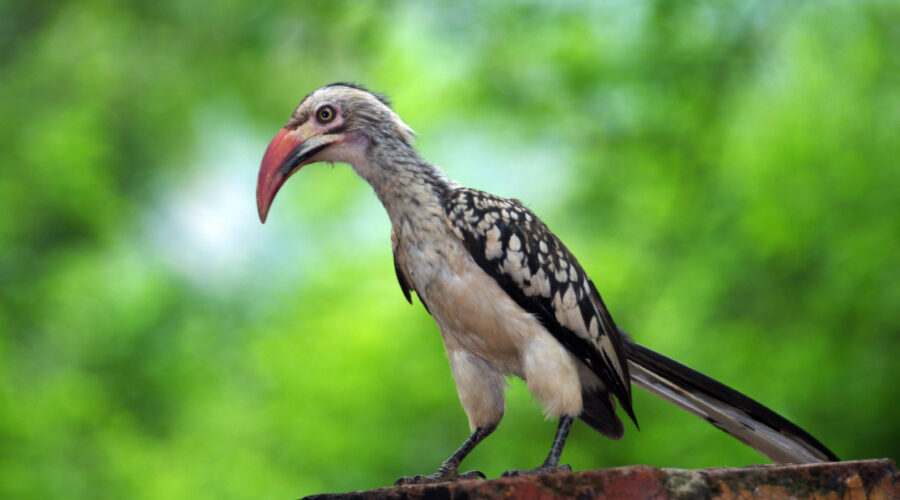
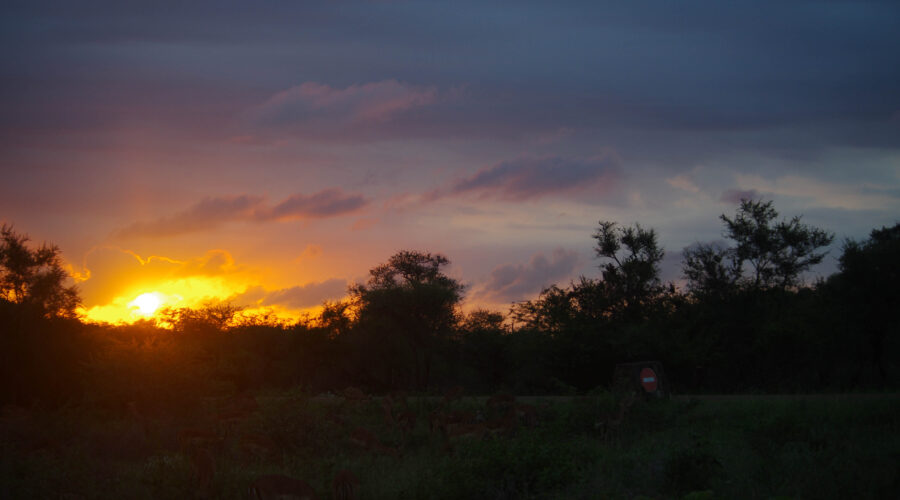
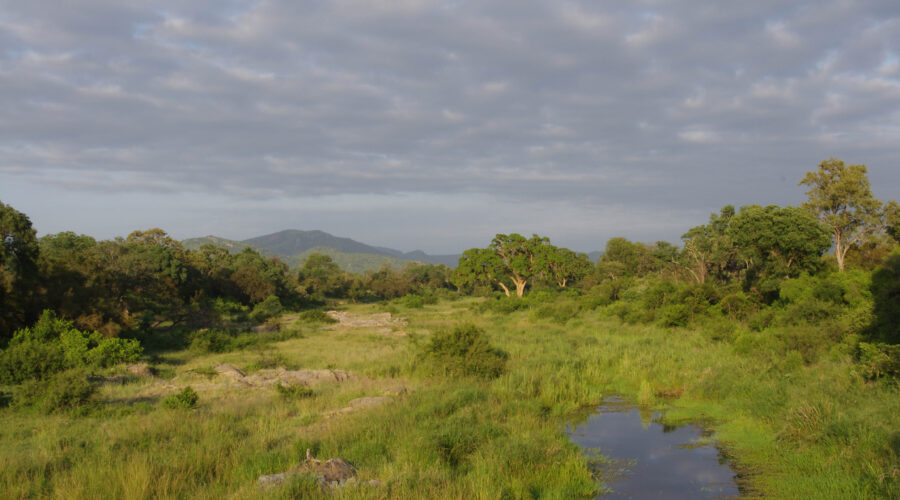
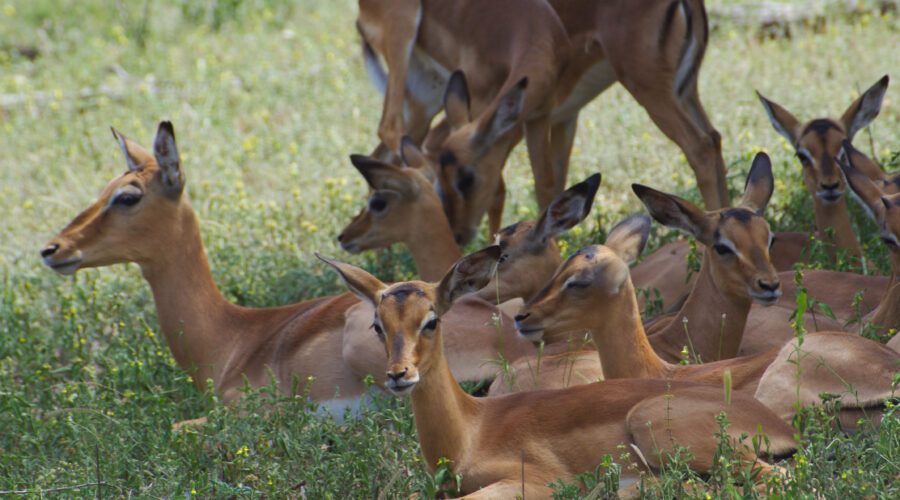
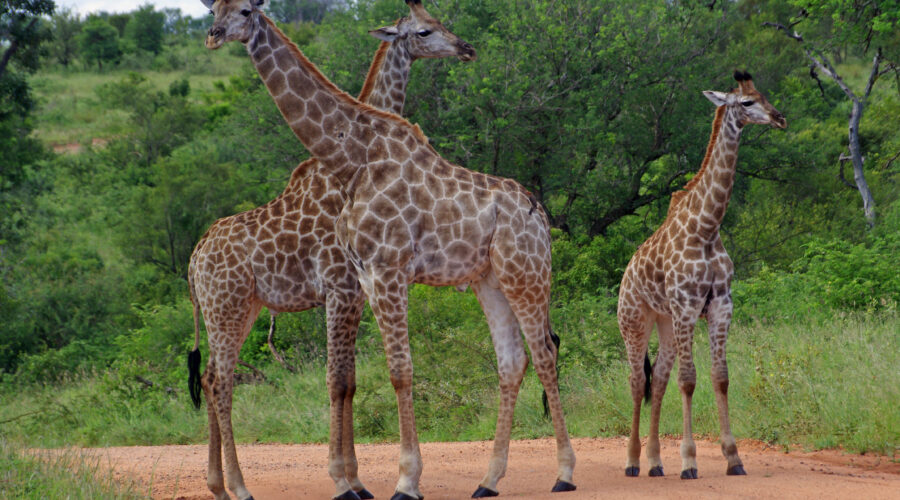
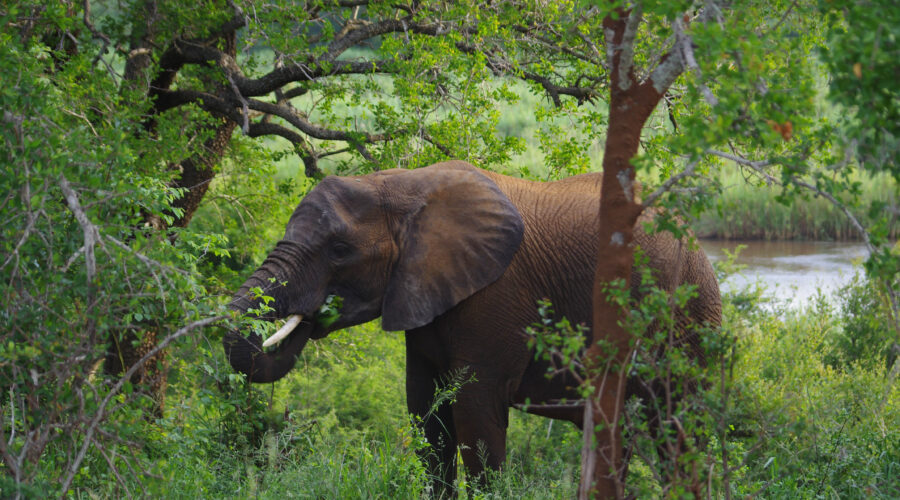
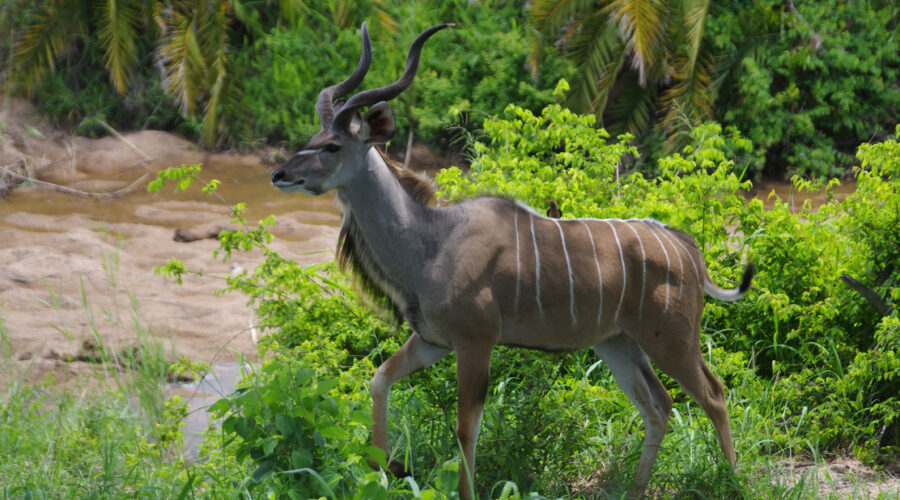

Most Commented Posts